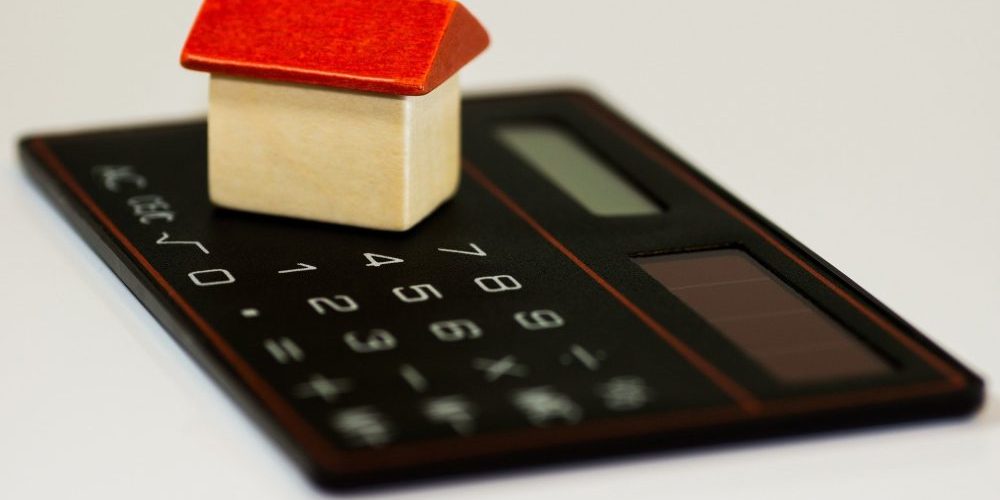The new chancellor, Kwasi Kwarteng, has confirmed a permanent stamp duty cut on properties, with no tax to be paid on them up to the value of £250,000.
This policy was announced in the so-called mini-budget on Friday (22nd September), almost a year after the last stamp duty holiday ended. He also increased the stamp duty threshold for first-time buyers to £425,000. Here at Bromley Property Company we explain the changes in full and what it means for those buying a property….
What is stamp duty and what are the changes?
Stamp duty is a tax paid by homebuyers in England and Northern Ireland, based on the value of the property they are buying. The government last week announced a permanent change to how the tax works, with the threshold at which buyers have to pay the duty rising from £125,000 to £250,000.
Previously, the first £125,000 of a property’s value was tax free. Buyers were then charged 2% of the value of the property above that threshold up to £250,000, and then 5% between £250,001 and £925,000.
Under the new system, the first £250,000 of a property’s value will be exempt, and buyers will then pay 5% of the value of the home from £250,001. The portion between £925,001 and £1.5m will continue to be taxed at 10%, and any property valued at more than that will be subject to stamp duty rates of 12%.
The level at which first-time buyers have to pay stamp duty will rise from £300,000 to £425,000 in a move that the government hopes will increase home ownership and stimulate the property market. First-time buyer’s relief will also be applicable on properties worth up to £625,000, compared with the current £500,000.
People in the process of buying a property will benefit from the tax break as it comes into effect on Friday- it’s a good idea to contact your solicitor to ensure the discount is in place for you.

